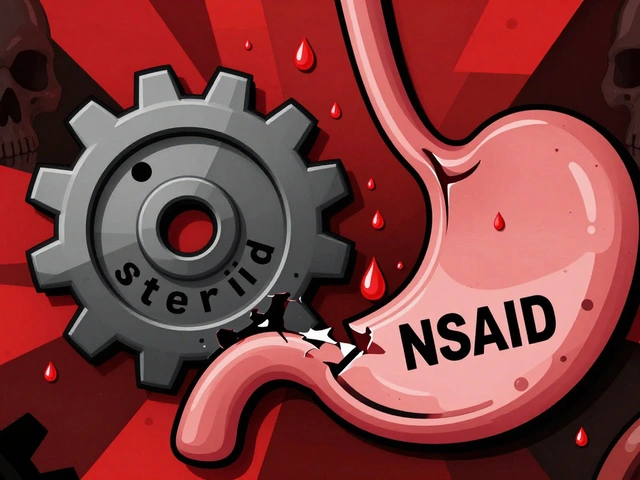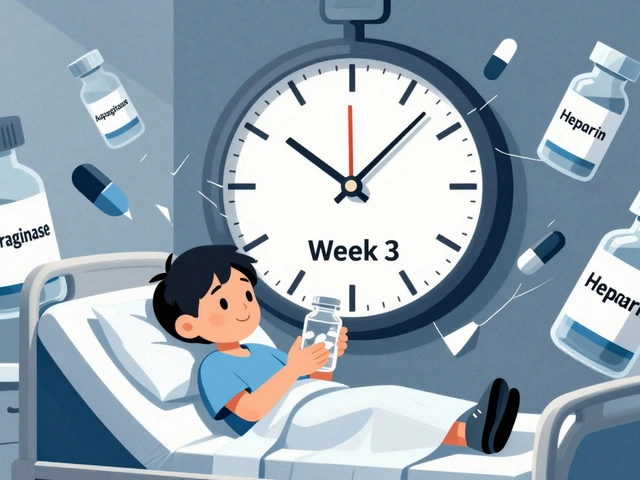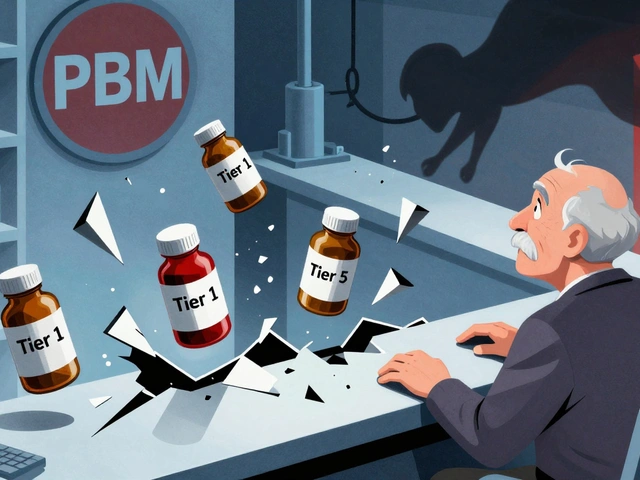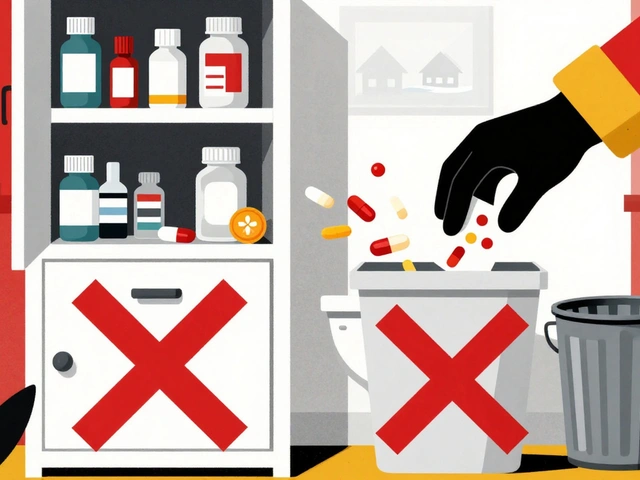Trecator Dosage: Simple Guide for Patients
If you’ve been prescribed Trecator, you probably have a lot of questions about how much to take and when. Trecator is the oral form of etoposide, a chemotherapy drug used for certain cancers. Getting the dose right matters for effectiveness and to keep side effects manageable.
How the Dose Is Calculated
Doctors usually base the dose on body surface area (BSA) or on a fixed milligram amount per kilogram of weight. The most common formula is:
Dose (mg) = BSA (m²) × 50–100 mg
BSA is calculated from height and weight, but many clinics use online calculators to keep it quick. For example, a person who is 170 cm tall and weighs 70 kg has a BSA of about 1.8 m². Multiplying 1.8 m² by 60 mg (a typical middle range) gives a daily dose of roughly 108 mg.
Some doctors prefer a straight weight‑based dose, such as 100 mg per square meter of BSA given on days 1–5 of a 21‑day cycle. The exact schedule can differ, so always follow the plan your oncologist writes on the prescription.
Practical Tips for Taking Trecator
Here are a few things that make taking Trecator easier and safer:
- Take with food. A light snack or a full meal can reduce stomach upset.
- Stay hydrated. Drink plenty of water, but avoid grapefruit juice because it can change how the drug works.
- Use the exact measuring device. Trecator comes as a liquid; the dropper or syringe that comes with it is calibrated for the correct dose.
- Set reminders. The medication schedule can be every day for a set number of days, then a break. Phone alarms help you stay on track.
- Watch for side effects. Nausea, low blood counts, and hair thinning are common. If you notice fever, severe dizziness, or unusual bleeding, call your doctor right away.
Never skip a dose without checking with your healthcare team. If you miss a dose, the usual advice is to take it as soon as you remember, unless it’s almost time for the next dose. In that case, skip the missed one and continue with the regular schedule.
Keeping a simple log can be a game‑changer. Write down the date, time, and amount you took, plus any symptoms you experience. This record helps both you and your doctor spot patterns and adjust the dose if needed.
Finally, store Trecator at room temperature, away from direct sunlight and out of reach of children. If you have leftover medication after a cycle, ask your pharmacist about proper disposal – don’t just toss it in the trash.
Understanding the math behind the dose and following these practical steps can make Trecator feel less intimidating. If anything feels unclear, reach out to your oncology nurse or pharmacist – they’re there to help you get the most out of your treatment while staying safe.

Trecator SC: Complete Guide to Uses, Dosage, and Side Effects
Everything you need to know about Trecator SC - how it works, proper dosing, benefits, risks, and FAQs - in a clear, practical guide.
read more




